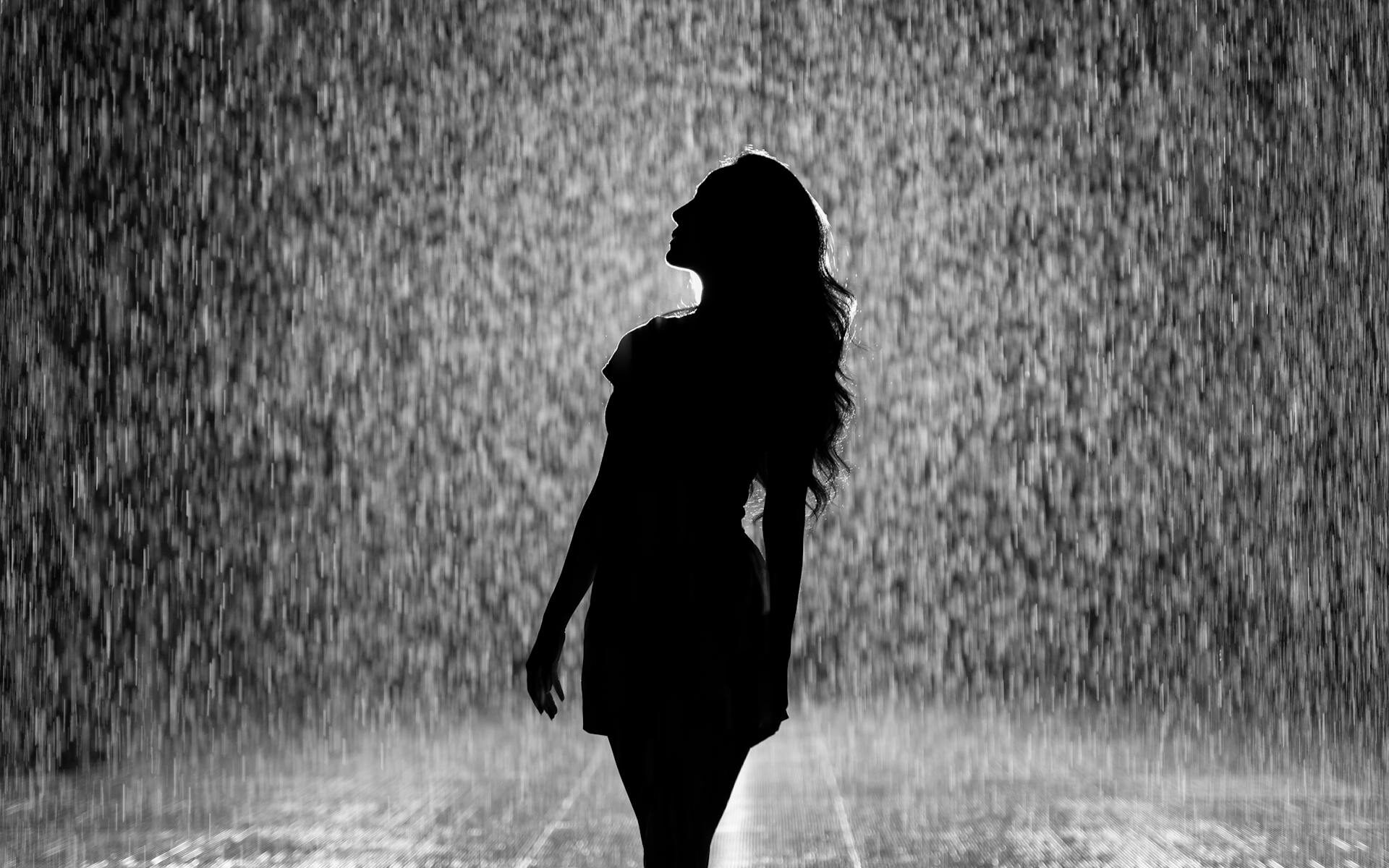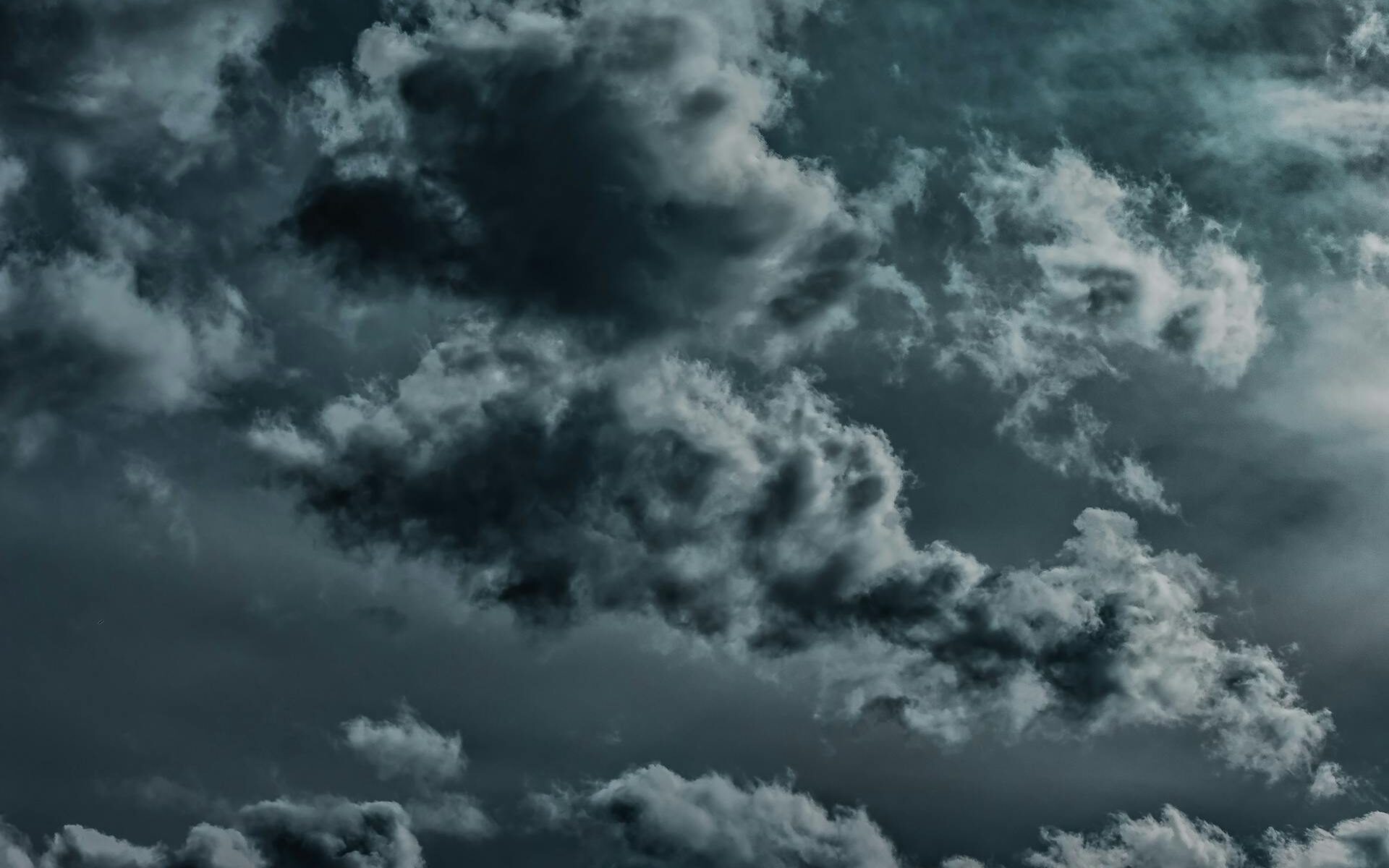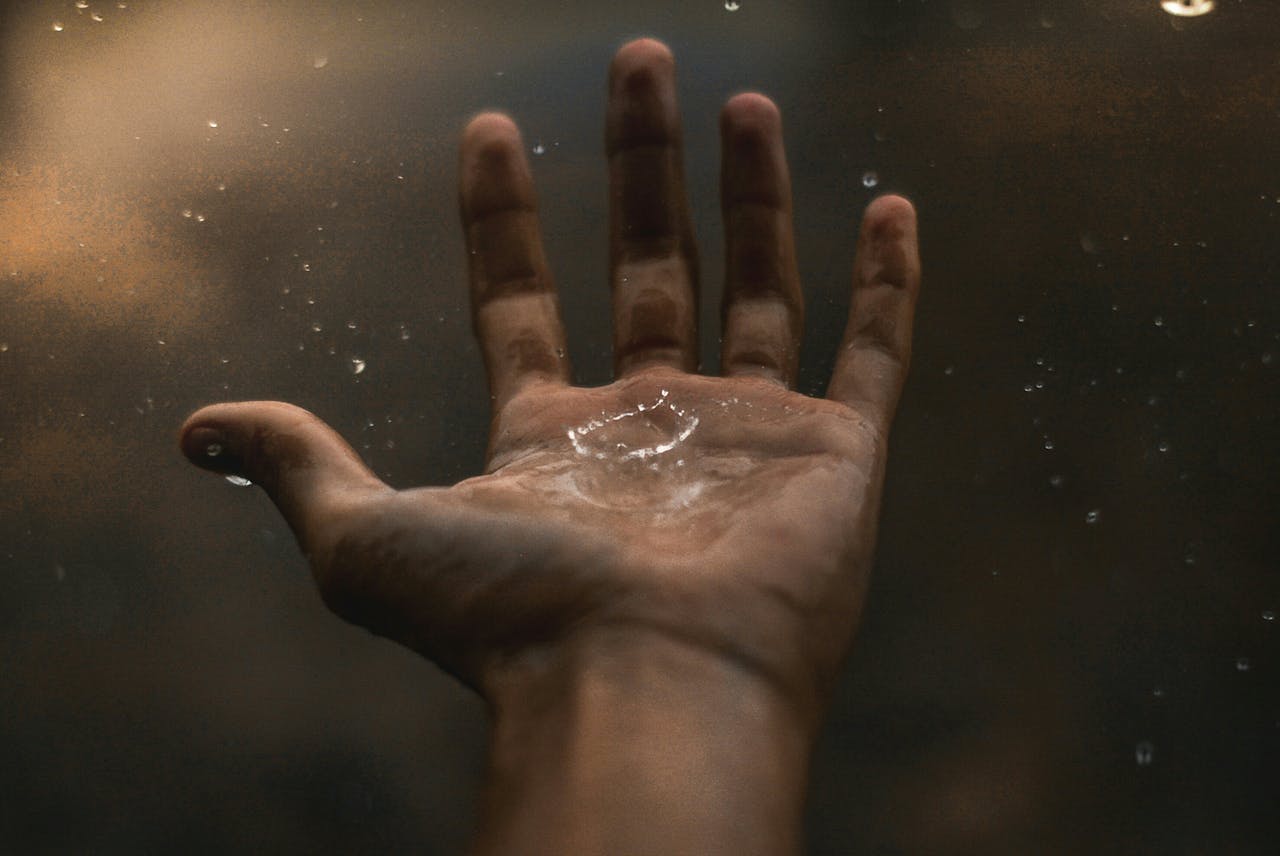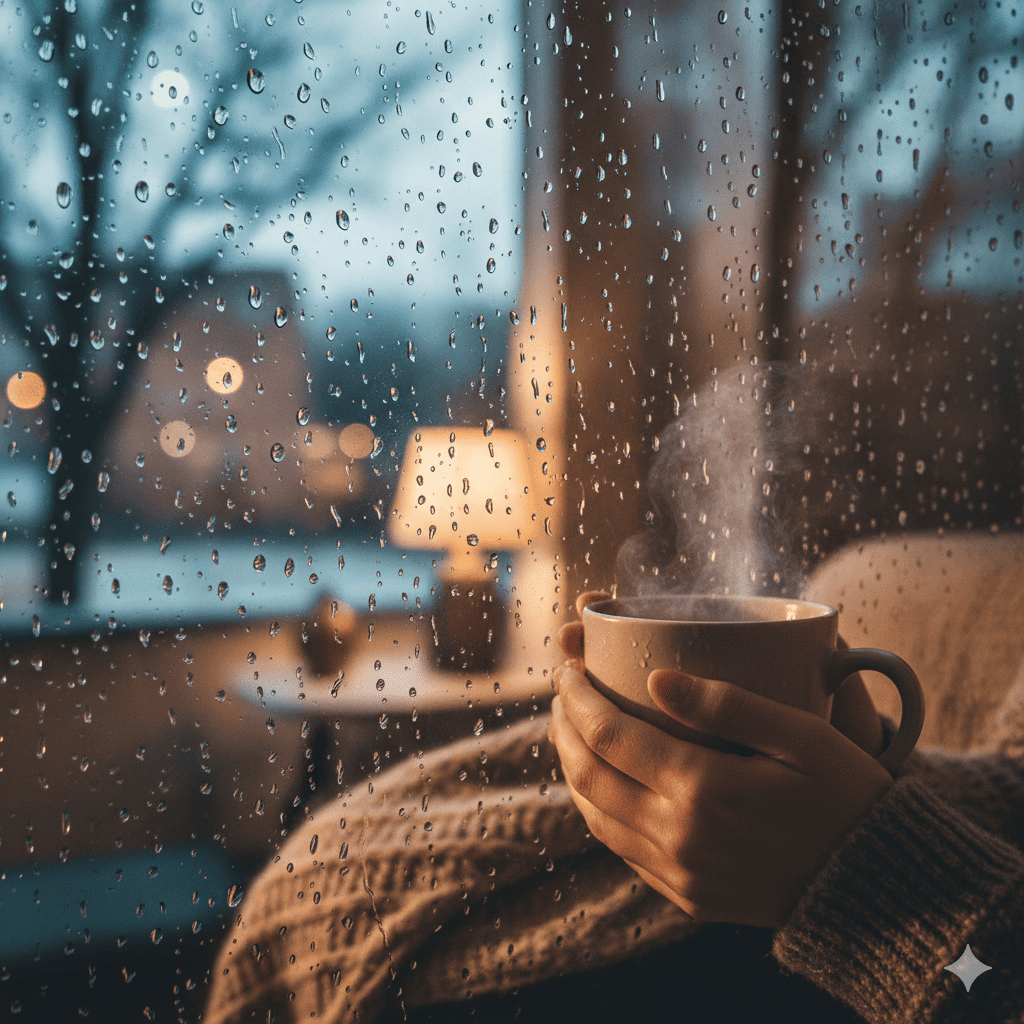I’m Black, and I know there are Whites, Reds, and so on—but that doesn’t change anything. We’re all humans, all people. I mention this because it made me think about the Philes.
Yes, I’m a proud pluviophile (I won’t explain the meaning again here—you’ve probably heard it like three times already, so blame my attitude for skipping the fourth!). Pluviophiles are just the start. This platform started for rain lovers, but that doesn’t mean we can’t explore the other Philes out there.
So, what are Philes? Simply put, a Phile is someone who loves something deeply. And people have created all kinds of Phile words to describe different passions, interests, and obsessions. Here’s a look at some of the most interesting ones:
Nature and Environment Philes
- Dendrophile – loves trees
- Heliophile – loves sunlight
- Astrophile – loves stars, space, and the night sky
- Botanophile – loves plants and flowers
Animal Philes
- Caninophile – loves dogs
- Ailurophile – loves cats
- Ornithophile – loves birds
- Equinophile – loves horses
Art, Music, and Culture Philes
- Cinephile – loves movies
- Audiophile – loves high-quality sound and music
- Bibliophile – loves books
- Graphophile – loves art, drawing, or writing
Lifestyle and Curiosity Philes
- Technophile – loves technology
- Hodophile – loves traveling and wandering
- Chocophile – loves chocolate (yes, this is real!)
- Xenophile – loves foreign cultures and people
Why This Matters
Philes remind us that everyone has something they care about intensely, and giving it a name helps us feel part of a community. Just like pluviophiles bond over rain, there are people who bond over trees, books, or films. Learning about these other Philes is just a fun way to see how wide human passions can be—even if here, we’re all about rain.
🌧 Your Turn
Are you a Phile of something unique? Maybe a rare passion that doesn’t even have a word yet? Share it in the comments. You might just inspire a new Phile name!



















